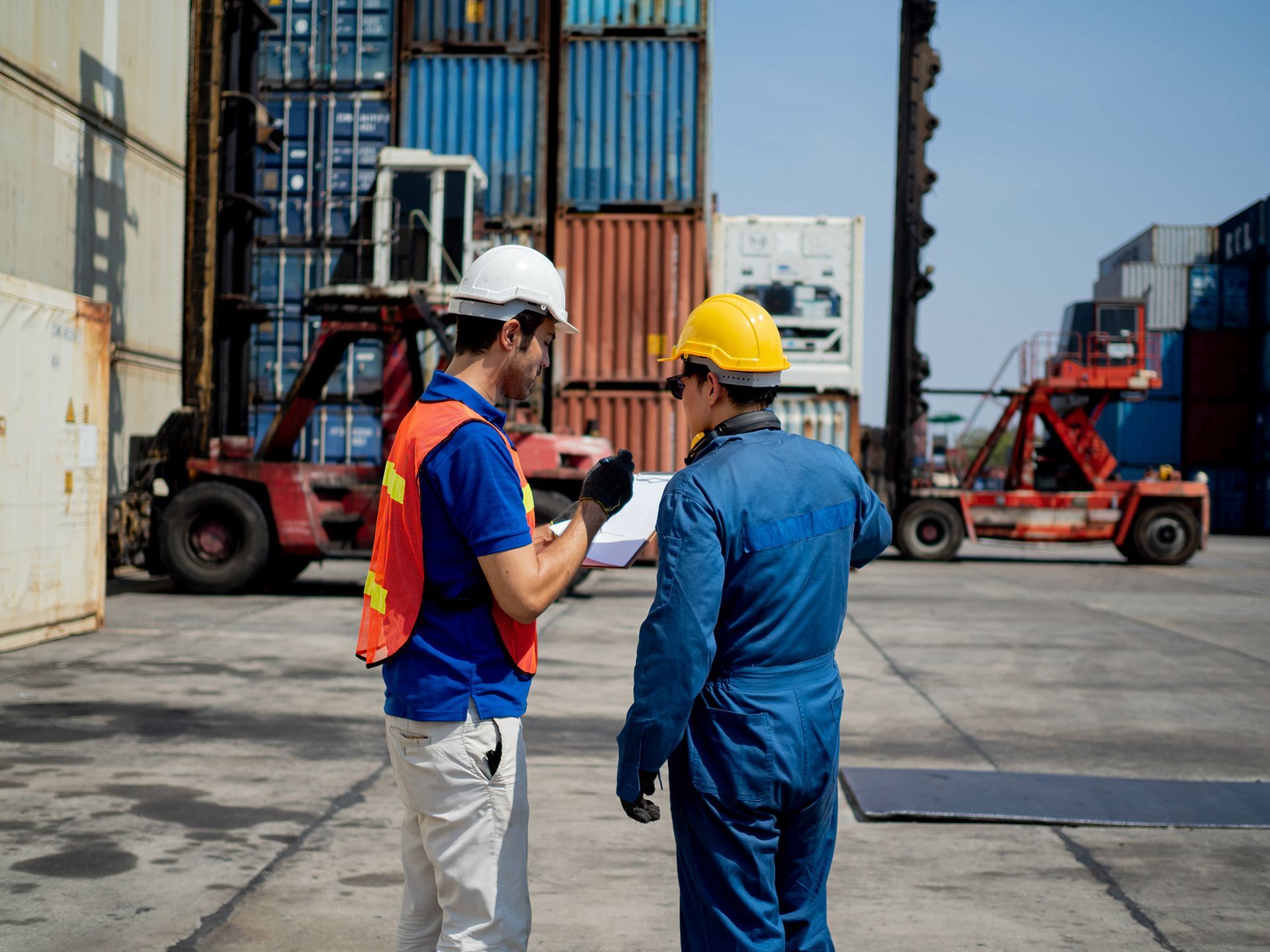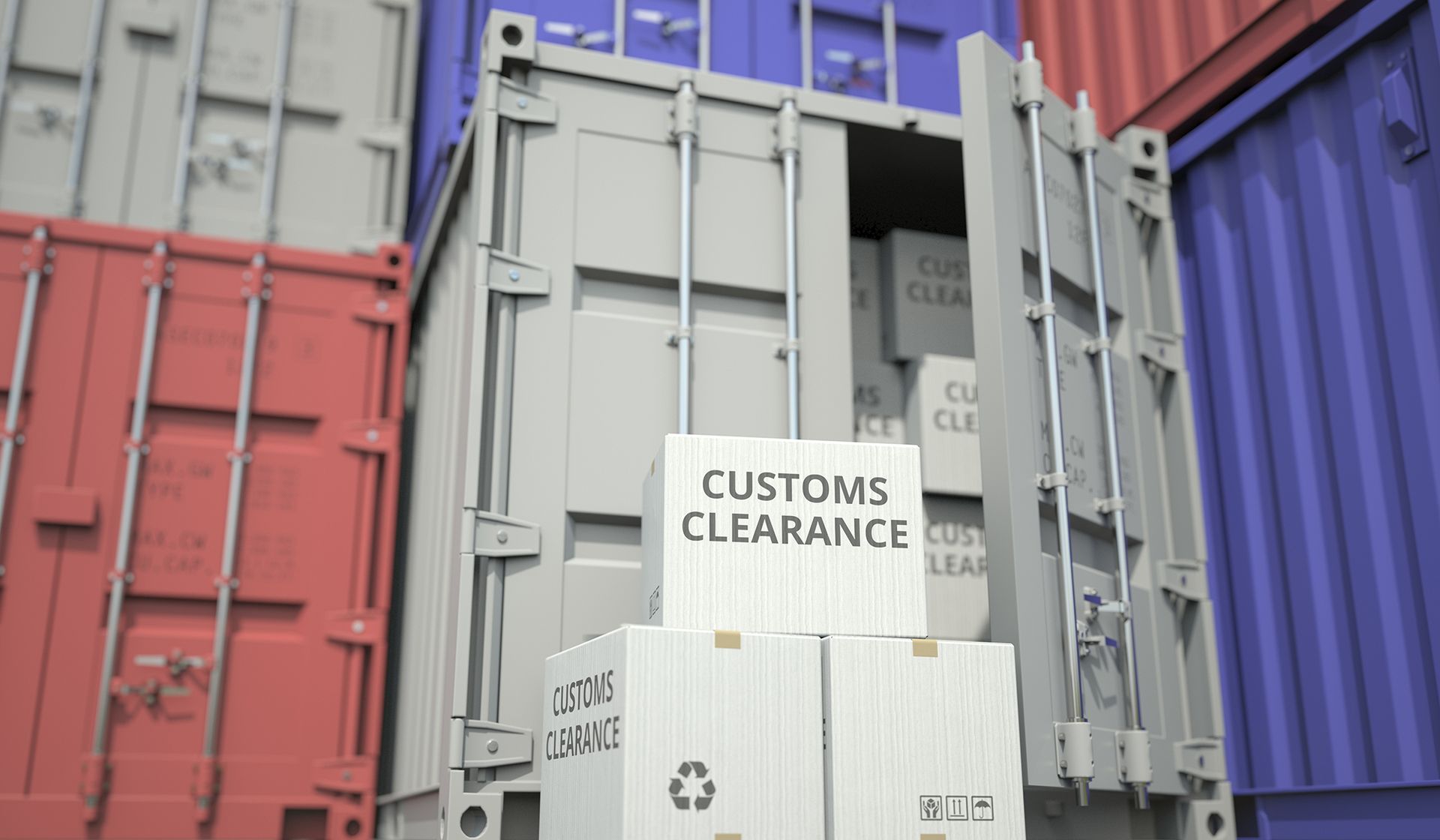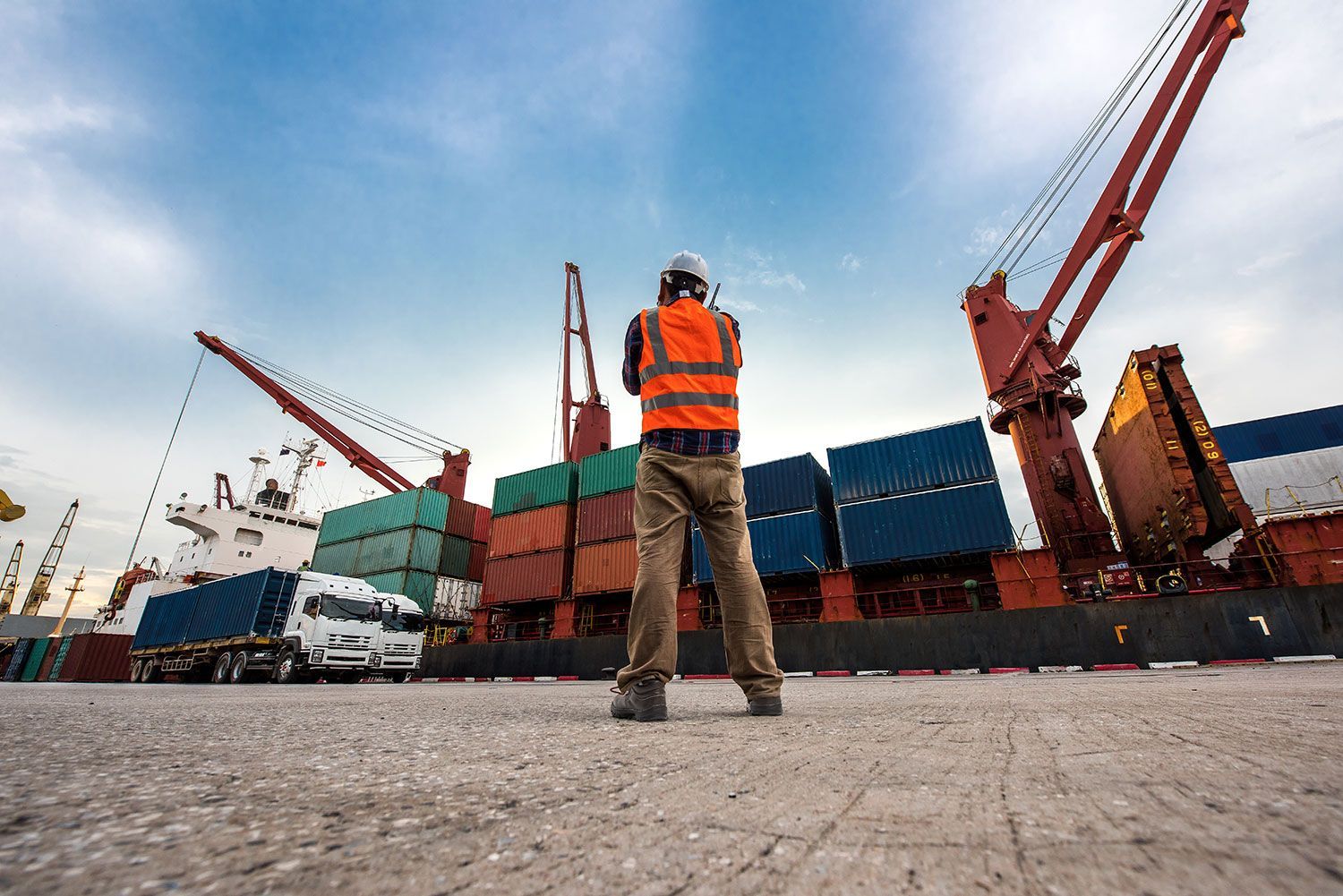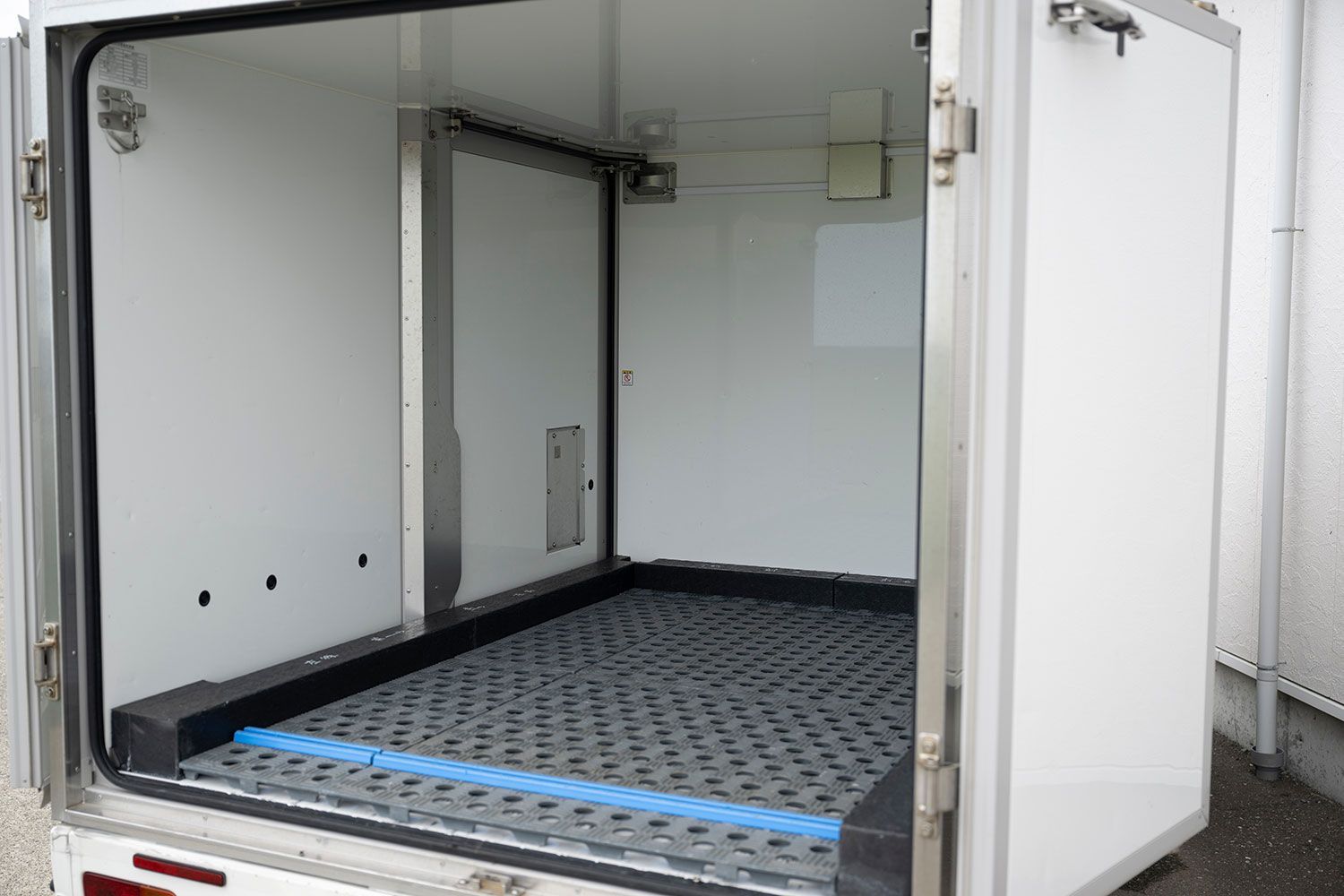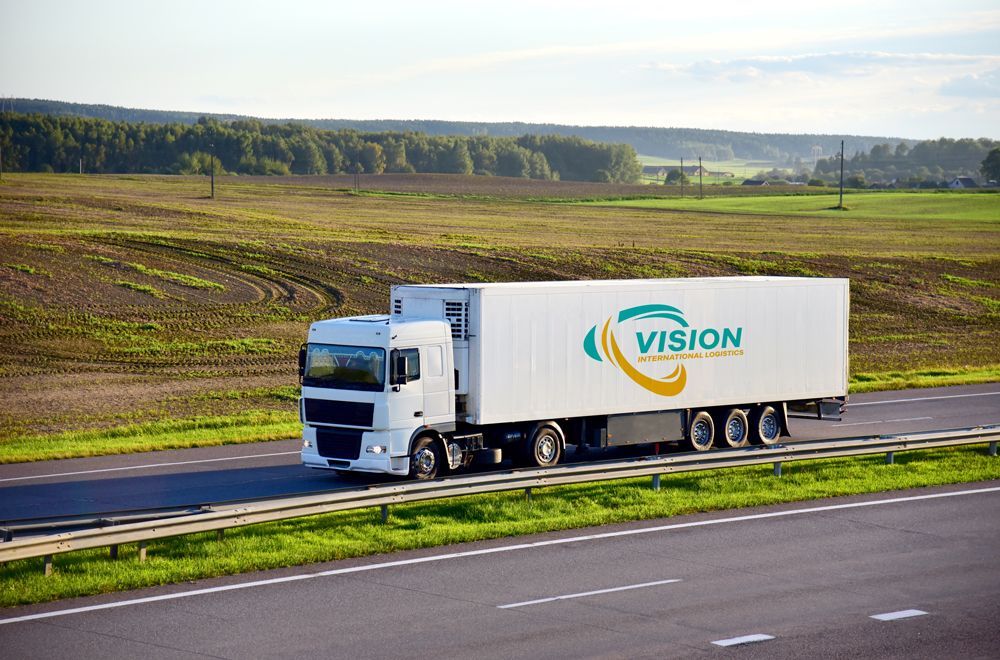Sea Freight vs. Air Freight in Brisbane - Which is Best for Your Business?
In Brisbane’s thriving logistics industry, businesses often face the decision between using sea freight or air freight to move their goods.
Both options offer unique benefits, and understanding the differences between these two modes of transportation is essential to making the right choice for your business.
In this article, we will compare sea freight and air freight, focusing on their costs, transit times, environmental impact, and the types of goods that each method best serves.
By the end of this guide, you’ll have a clear understanding of which option aligns with your business needs.
1. Cost Considerations
Sea Freight
Sea freight is often the most cost-effective method for businesses shipping large quantities of goods. It offers lower per-unit shipping costs, particularly for bulky or heavy items. Whether you’re shipping full containers (FCL) or smaller shipments that don’t fill a container (LCL), sea freight provides flexibility and lower overall costs. However, costs can increase if your shipment is time-sensitive, as sea freight typically has longer transit times.
Air Freight
Air freight is generally more expensive than sea freight, primarily due to the speed and convenience it offers. The cost of air freight is calculated based on the greater of the shipment’s actual or volumetric weight. This makes air freight ideal for smaller, high-value, or urgent goods. While the initial cost of air freight may be higher, the quick turnaround can reduce storage costs and ensure faster delivery.
Despite this, according to the Department of Agriculture, Fisheries & Forestry, the overall costs for both sea freight and air freight have decreased during COVID-19, and are now slowly back on the rise. This is as a result of the rise of e-commerce and the influx of passengers travelling overseas again.
2. Transit Time
Sea Freight
One of the main drawbacks of sea freight is the longer transit time. Shipping goods via sea can take a couple of months, depending on the distance between the origin and destination ports. For businesses that can plan ahead and are not dealing with time-sensitive cargo, this is often the most economical option.
Air Freight
Air freight is the clear winner when it comes to speed. With air freight services, goods can typically reach their destination within a couple of days. This makes air freight ideal for businesses with time-sensitive shipments or seasonal products that need to reach their destination quickly. If fast delivery is a priority, air freight is the best option.
3. Environmental Impact
Sea Freight
Sea freight has a lower carbon footprint compared to air freight. Shipping large volumes of goods by sea is more energy-efficient, making it the more environmentally friendly option. For businesses focused on sustainability, sea freight is often the preferred choice for reducing the environmental impact of their logistics operations.
Air Freight
Air freight, while faster, has a much larger carbon footprint. The fuel consumption for aircraft is significantly higher than for ships, and air freight’s overall environmental impact is more substantial. Businesses looking to minimise their environmental footprint might choose sea freight, especially for non-urgent shipments.
4. Type of Goods
Sea Freight
Sea freight is ideal for large, heavy, or non-urgent items. It is commonly used for shipping raw materials, industrial equipment, and oversized goods that cannot be easily transported by air. Additionally, sea freight is a great choice for businesses that need to move high volumes of products at a lower cost.
Air Freight
Air freight is best suited for small, high-value, or time-sensitive goods. It is commonly used for electronics, pharmaceuticals, and perishable items that require fast transportation. Air freight is also the preferred option for businesses that need to transport goods quickly to meet tight deadlines.
5. Reliability and Flexibility
Sea Freight
Sea freight offers reliable shipping for businesses that have the luxury of time. While transit times are longer, sea freight companies provide flexible options like Full Container Load (FCL) and Less than Container Load (LCL), depending on the size and volume of the shipment. However, sea freight can sometimes experience delays due to weather conditions or port congestion.
Air Freight
Air freight is typically more reliable in terms of scheduling and fewer delays. Most airlines stick to strict schedules, allowing businesses to have better control over when their goods will arrive. However, due to weight and space limitations, air freight can be less flexible for oversized or bulky cargo.
For further information on air freight and sea freight in Queensland, take a look at the Department of Transport & Main Roads website.
Summary
Both sea freight and air freight offer distinct advantages, and the best option for your business will depend on your priorities—whether it’s cost, speed, or environmental impact.
Vision International Logistics can help you navigate these decisions and ensure your goods are transported efficiently and securely.
Sea freight is ideal for businesses with large shipments and flexible delivery timelines, while air freight suits time-sensitive and high-value cargo.
Whatever your choice, it’s important to consider your unique logistics needs and budget when deciding on the right transportation method for your business.
To learn more about our sea and air freight forwarding services, visit our air freight and sea freight pages.
Get in touch with us today to help you make the right decision on your logistics operations for your business.

Australian Locations
Brisbane: +61 7 3866 7900
Sydney: +61 2 9700 1402
Sunshine Coast: +61 7 5471 7933
Quick LINKS
Our Services
Contact Information
729 -739 Macarthur Avenue Central Pinkenba Qld 4008
© 2024 All Rights Reserved | Vision International Logistics |
Privacy Policy
|
Standard Trading Conditions
| Website by
Octopus Digital
| Website Marketing by
Shark Digital

